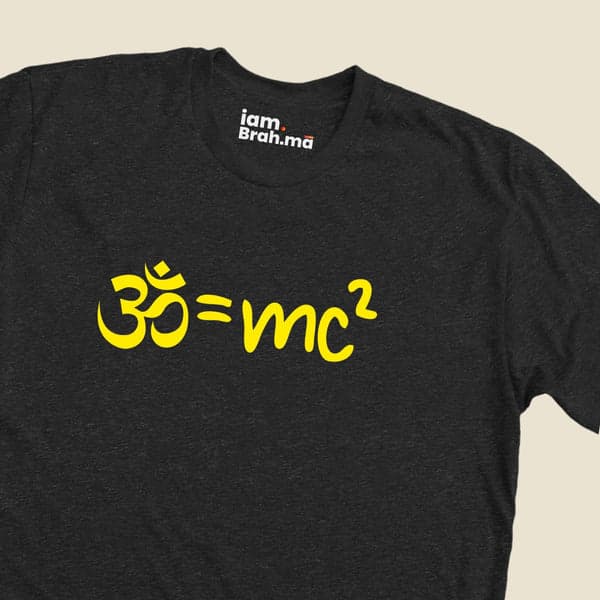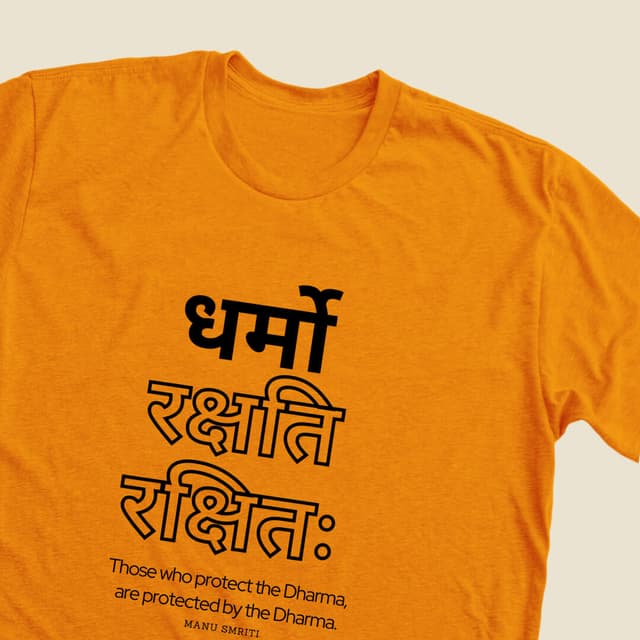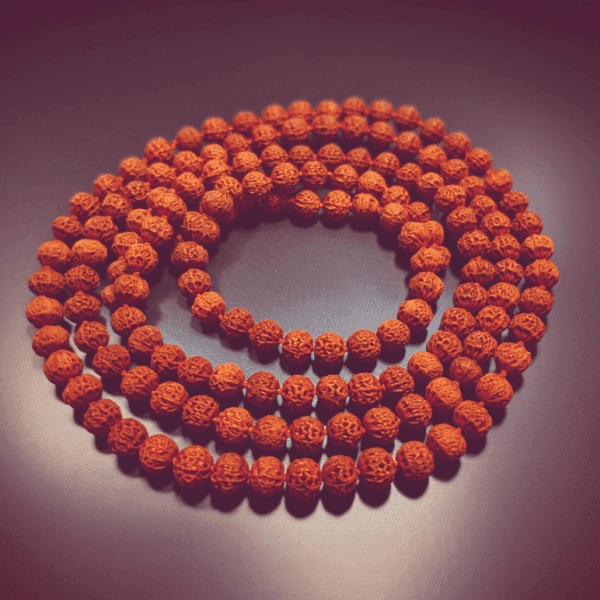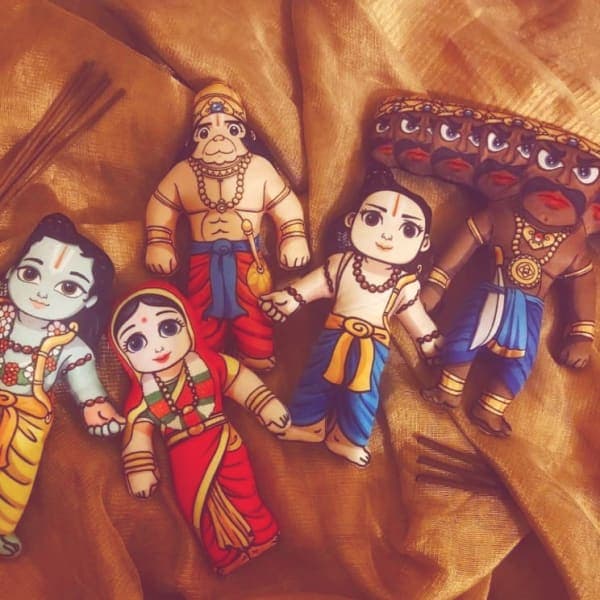Dwarkadhish Temple
Dwarka, Gujarat
the Dwarkadhish temple, also called the Jagat mandir , is a hindu temple dedicated to bhagwaan krishna , is worshipped here by thr name Dwarkadhish , or 'king of Dwarka' , the temple is found at Dwarka Gujarat , India , is one among the four destination of Char Dham , a hindu pilgrimage site . the most important shrine of the five stroied building , supported by seventy - two pillars , is called jagat mandir or nija mandir , archeological findings prove it to be 2,000 - 2,200 year old . the temple was enlarged within the 15th - 16th century . the dwarkadhish temple is a pushtimarg temple , as it follows the rituals and regulations created by vallabhacharya and vitheleshnath .
Timing of Temple
Darshan Timing
- Morning Timings
06:30 am Mangla Arti
06:30 am to 08:00 am Mangla Darshan
08:00 am to 09:00 am Abhishek Pooja [Snan Vidhi]: Darshan Closed
09:00 am to 09:30 am Shringar Darshan
09:30 am to 09:45 am Snanbhog : Darshan Closed
09:45 am to 10:15 am Shringar Darshan
10:15 am to 10:30 am Shringarbhog: Darshan Closed
10:30 am to 10:45 am Shringar Arti
11:05 am to 11:20 am Gwal Bhog: Darshan Closed
11:20 am to 12:00 pm Darshan
12:00 pm to 12:20 pm Rajbhog: Darshan Closed
12:20 pm to 01:00 pm Darshan
01:00 pm Anosar, Darshan Closed
2. Evening Timings
5:00 pm Uthappan First Darshan
05:30 pm to 05:45 pm Uthappan Bhog: Darshan Closed
05:45 pm to 07:15 pm Darshan
07:15 pm to 07:30 pm Sandhya Bhog: Darshan Closed
07:30 pm to 07:45 pm Sandhya Arti
08:00 pm to 08:10 pm Shayanbhog: Darshan Closed
08:10 pm to 08:30 pm Darshan
08:30 pm to 08:35 pm Shayan Arti
08:35 pm to 09:00 pm Darshan
09:00 pm to 09:20 pm Bantabhog and Shayan: Darshan Closed
09:20 pm to 09:30 pm Darshan
09:30 pm Darshan Mandir Closed
Architecture
The majestic five-storied structure of Dwarkadhish Temple stands high on the confluence of the Gomati River and the Arabian river. Designed with the support of seventy-two pillars, Dwarkadhish Mandir presents a sight to embrace. Elevated to the peak of 78.3 meters, the tower of the temple dominates the skyline of Dwarka. Associate in Nursing cardinal foot long multicoloured flag, adorned with the symbols of the sun and moon, waves from the dome of the temple. it's aforementioned that originally the temple was designed over the 'Hari-Griha' (Bhagwaan Krishna's residential place) by Vajranabha, the grandchild of Bhagwaan avatar.
Dating back to 2500 years, Jagat Mandir (Nija Mandir) makes the sanctum sanctorum of Dwarkadheesh Temple. It contains a soaring tower and a hall of audience. The audience hall is comprised of each, ancient and existing sculptures. The temple is often entered by 2 doorways. the most door (north entrance) is thought of as "Moksha Dwara" (Door to Salvation), whereas the southern door is named as "Swarga Dwara" (Gate to Heaven). The outer facet of this door has fifty-six steps that want the Gomati stream.
Structure
It is a 5 storied structure designed over seventy two pillars (sandstone temple with sixty pillars is additionally mentioned). The first temple had been designed by Krishna's grandchild over the Harigraha, the palace of an avatar. The temple has an Associate in the auditorium or audience hall. There are 2 necessary entrances to the temple, one is that the main entry door that is named the Moksha Dwar (meaning "Door to Salvation") and also the entrance that is thought because the Swarga Dwar(meaning: "Gate to Heaven").
The main immortal deified within the sanctum is of Dwarkadeesh, which is thought as Trivikrama variety of Hindu deity and is delineated with four arms. On the chamber to the left of the most altar is that the immortal of Balarama, elder brother of an avatar. The chamber to the proper homes the pictures of Pradyumna and Aniruddha, son and grandchild of Vishnu's Avatar Krishna. In many shrines close to the central shrine there are pictures of deity Radha, Rukmini, Jambavati, Satyabhama, Lakshmi, Devaki(Krishna's mother), Madhav Raoji (another name for Krishna), Rukmini, Jugal Swaroop (the name for Krishna), Hindu deity Narayana.
The temple tower rises to a height of seventy-eight metres (256 ft) and an awfully giant flag with symbols of Sun and Moon is hoisted on that. The flag, triangular in form, is fifty feet (15 m) in length. This flag is modified fourfold daily with a replacement one and Hindus pay a large add of cash to hoist it by getting a replacement flag. the money received on this account is attributable to the fund of the temple to satisfy the operation and maintenance expenses of the temple.
...




